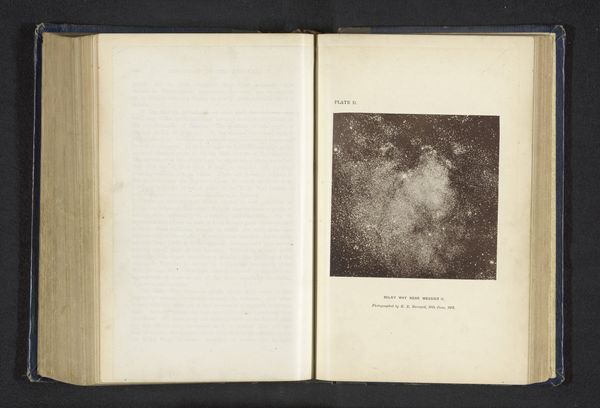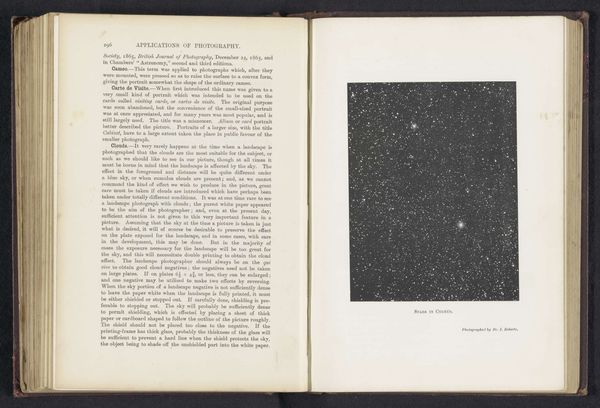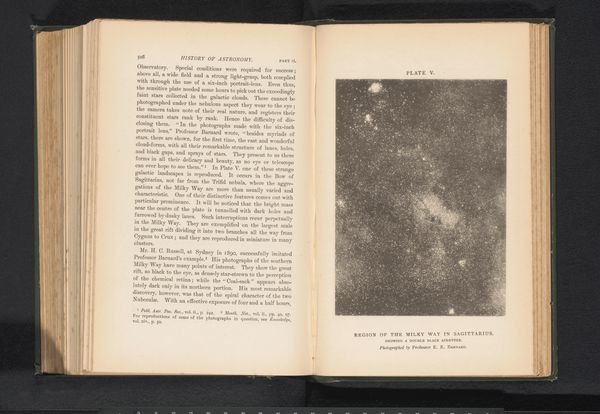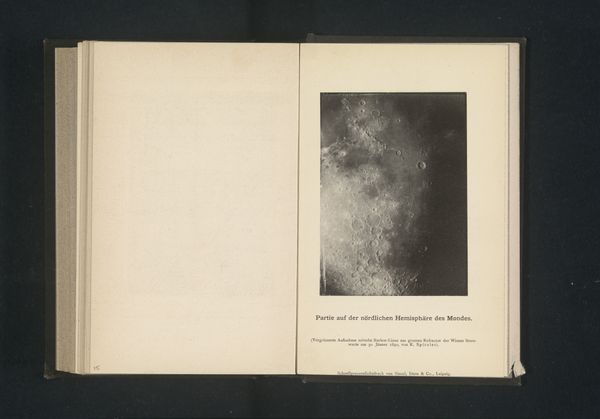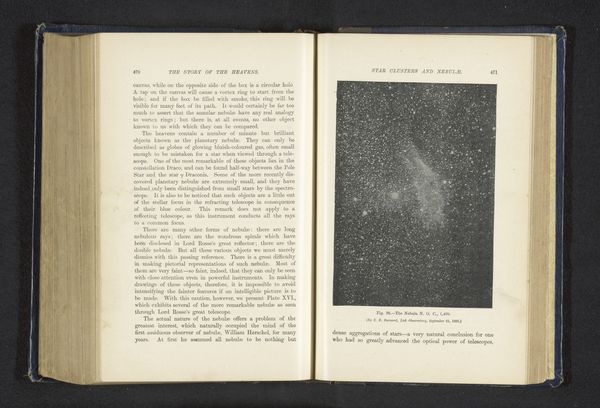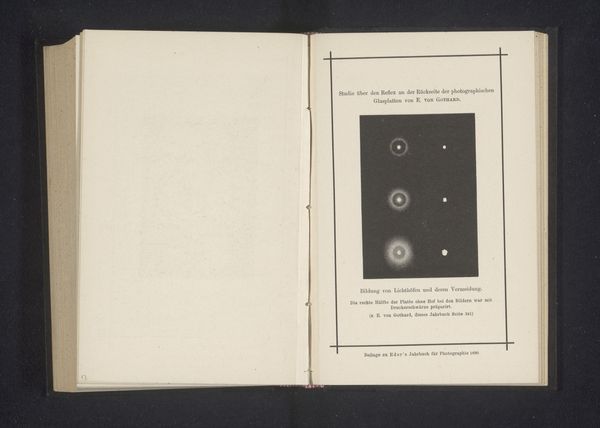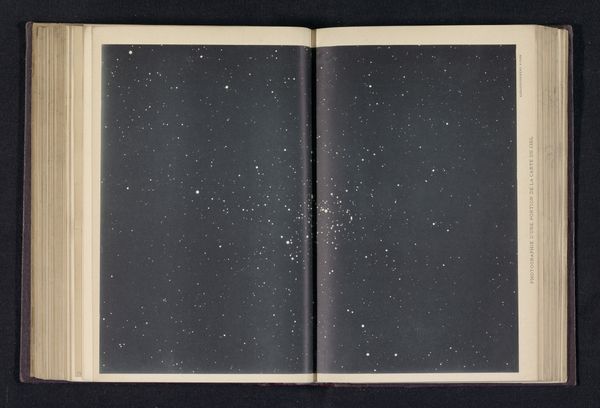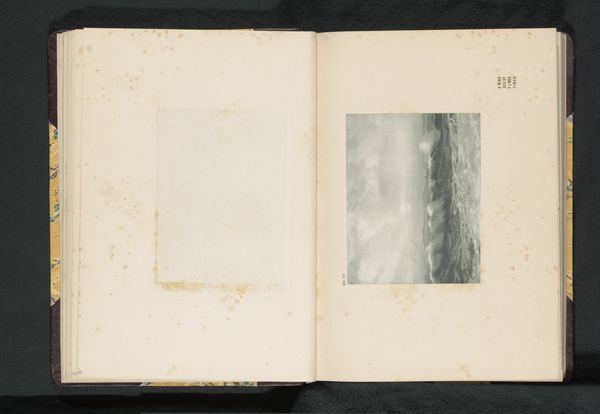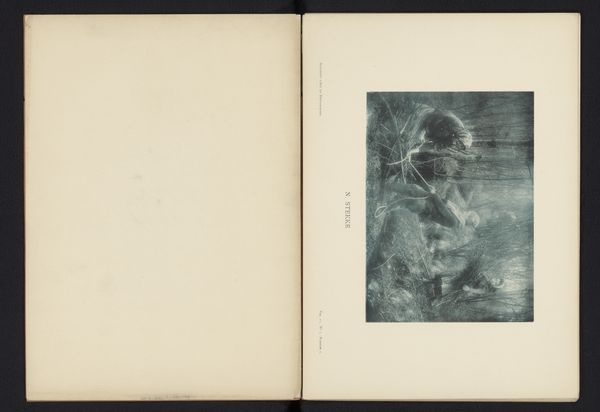
photogram, print, photography
#
still-life-photography
#
photogram
# print
#
photography
#
geometric
#
modernism
Dimensions: height 119 mm, width 91 mm
Copyright: Rijks Museum: Open Domain
Editor: This photogram from before 1899, "Deel van de sterrenhemel," or "Part of the starry sky," is by Henry Frères. The contrast is stark, black and white, with an intriguing focus on geometric abstraction, a sort of minimalist interpretation of the cosmos. How do you interpret this work in the context of its time? Curator: I see this piece as a radical gesture. Before the proliferation of space photography, imaging the cosmos involved significant power dynamics. Who had access to telescopes, darkrooms, and the means to disseminate these images? The turn to photograms, essentially cameraless photography, can be viewed as a democratizing impulse, sidestepping traditional hierarchies of seeing and representation. Editor: That's fascinating! So you're saying it's not just about the stars, but also about accessibility and power structures within scientific and artistic realms? Curator: Precisely. Think about who was excluded from scientific communities at the time - women, people of color. While we don't know the Frères' explicit intentions, their choice of method inherently challenges those exclusions. The photogram, requiring only light-sensitive paper and found objects, opens up possibilities for marginalized voices to engage with scientific imagery. Do you think this impacts how we perceive its modernist qualities? Editor: Definitely! Knowing this context reframes its apparent simplicity as a powerful statement. It bridges art and science, prompting us to consider the social implications of both. I never considered it like that. Curator: And that, I believe, is where art history can ignite critical dialogue. We must continually question who has the power to represent and interpret the world around us, both on Earth and in the cosmos.
Comments
No comments
Be the first to comment and join the conversation on the ultimate creative platform.
